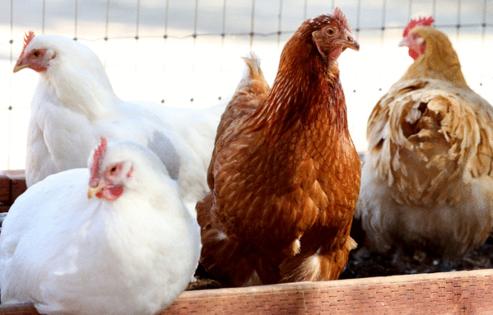As wild birds begin migration through Central California, poultry farmers on 'high alert'
Published in News & Features
SACRAMENTO, Calif. — In the past two weeks, nearly 850,000 poultry have been killed in the San Joaquin Valley as the highly pathogenic avian influenza tightens its grip on Central California.
It’s the third time HPAI has been detected in a commercial poultry operation since the state was considered HPAI-free in late June. And officials caution that the number of outbreaks could soon be surging as the annual migration of water fowl makes it way through the Valley.
First, 64,800 turkeys were killed after the virus was confirmed on Sept. 19, 2024, in Merced.
State officials confirmed another HPAI discovery on Oct. 16 at a Tulare County mixed broiler/turkey ranch and 786,000 birds were killed.
The latest outbreak was confirmed on Oct. 24 and resulted in the death of 6,000 broilers in Tulare County.
Poultry experts say that because the virus is highly contagious, just a few infected birds can contaminate an entire flock quickly. For that reason, the state allows for the mass destruction of the herd through foam or carbon dioxide.
Avian flu and annual water fowl migration
Bill Mattos, president of the California Poultry Federation, is hopeful there won’t be any more major poultry “depopulations” this winter, but he realizes it’s wishful thinking.
This time of year, water fowl, one of the main carriers of avian influenza, are set to fly through the Central Valley on their annual migration south — increasing the potential for more cases of poultry infections.
Millions of geese, ducks and other waterfowl migrate via the Pacific Flyway and stop over in California wetlands, lakes, rice, and corn fields. At its peak, the Central Valley is home to 6 million waterfowl.
Although a spectacle for bird watchers, the wild bird migration adds to the potential for spreading the avian flu virus, an illness that is deadly to poultry, said Maurice Pitesky, associate professor in cooperative extension at the UC Davis School of Veterinary Medicine.
Outbreaks of the virus occur worldwide periodically and in January 2022 surfaced in the United States, wiping out millions of wild birds, commercial poultry and backyard flocks, according to the Centers for Disease Control and Prevention.
Virus jumping from birds to humans and more
What concerns Pitesky and others is that the virus has jumped from birds to mammals, and for the first time in history to dairy cows.
On Wednesday, federal officials announced another first in the United States: A pig on an Oregon farm was infected with the virus.
Pitesky points out that the virus has now spread to six continents.
“It is slowly spreading to other species, including humans,” he said. “It keeps surprising us.”
Pitesky warns poultry producers that with the abundance of dairy and poultry operations, coupled with the habitat for water fowl, the migration creates a very “dangerous combination” in the Valley.
Poultry representative Mattos aid he has been reminding his members to always practice bio security measures, including wearing protective equipment and limiting visitors.
“We have learned that this virus can come in on trucks, people — just about everything,” Mattos said.
At breeding farms, workers must shower before working with the poultry and prior to leaving the ranch.
“We are on high alert,” Mattos said.
_____
©2024 The Sacramento Bee. Visit sacbee.com. Distributed by Tribune Content Agency, LLC.







Comments